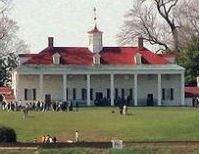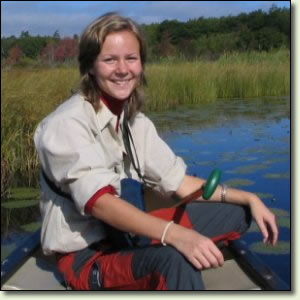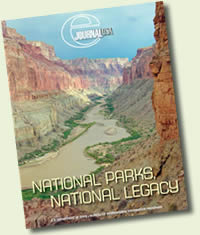

The National Park concept has been described as "America's best idea." Many countries around the world look to the United States as a leader in park and protected area management. At the same time, the National Park Service often learns about innovative practices from other countries' park agencies. In addition, international cooperation is required to preserve numerous species of migratory wildlife that spend only a part of their lives within the boundaries of U.S. national parks, and likewise to help protect park resources from threats that may originate from outside park (and U.S.) borders -- air and water pollution and invasive species, for example. For these reasons, the National Park Service has an Office of International Affairs that for over 40 years has worked to facilitate cooperation between the U.S. National Park Service and counterpart agencies around the globe.

The National Park Service preserves unimpaired the natural and cultural resources and values of the national park system for the enjoyment, education, and inspiration of this and future generations. The Park Service cooperates with partners to extend the benefits of natural and cultural resource conservation and outdoor recreation throughout this country and the world.
To learn more about the National Park Service's legal authority to conduct programs for technical exchange, click here.

| New: Quarterly Bulletin of NPS International Activities |
| New & Improved: World Heritage in the U.S. Jr. Ranger Program |
| New: World Heritage Tentative List |

The role of the Office of International Affairs is to serve the National Park Service by engaging more fully the talents and available resources of the Park Service for the implementation of its domestic and global missions. It evaluates opportunities and coordinates responses involving the National Park Service in international programs, projects, and activities. It also provides leadership in the fulfillment of U.S. foreign policy objectives through implementation of treaty obligations and other agreements.
more...
Become an Internet Junior Ranger and explore the fascinating world of the World Heritage in the United States Program.
We've got questions, activities, and games on-line to see if you're up to the challenge of becoming a World Heritage Jr. Ranger.
Click on the Wally the Wolf button to learn more.


Every year, more than one hundred individuals from all over the world volunteer in America's National Parks. The International Volunteers-in-Parks Program (IVIP) benefits both the individual volunteer and the National Park Service (NPS): the volunteer receives training in park management, wildlife research, environmental education, etc., and the National Park Service gains a fresh perspective on park management in addition to assistance with carrying out the Service's mission.
Interested in helping NPS parks by volunteering? Click here to find out more.
National Park Service
Office of International Affairs
1849 C Street, NW (0050)
Washington, DC 20005
Phone:
(202) 354-1800
Fax:
(202) 371-1446
It is widely accepted that most national parks are simply too small to fulfill their mission of preserving natural and cultural resources on their own. Park managers know that to fulfill their mandate, they cannot manage a protected area as an isolated island, but must seek opportunities to partner with neighboring land owners and the local community. National parks around the world are all ultimately linked together by a variety of natural and cultural phenomena.
Several NPS sites have established "sister park" relationships in the last few years with national parks in other countries. These partnerships increase information sharing and direct park-to-park contacts to address many of the common issues mentioned above, primarily through improved telecommunications technologies.
Click on the map to learn more.


The U.S. Department of State's July 2008 edition of their monthly eJournalUSA presents glorious views of the national parks, the history of this vast system, and its mission of conservation and public access.
It has been translated into Spanish, Russian, French and Portuguese and can be viewed here.
